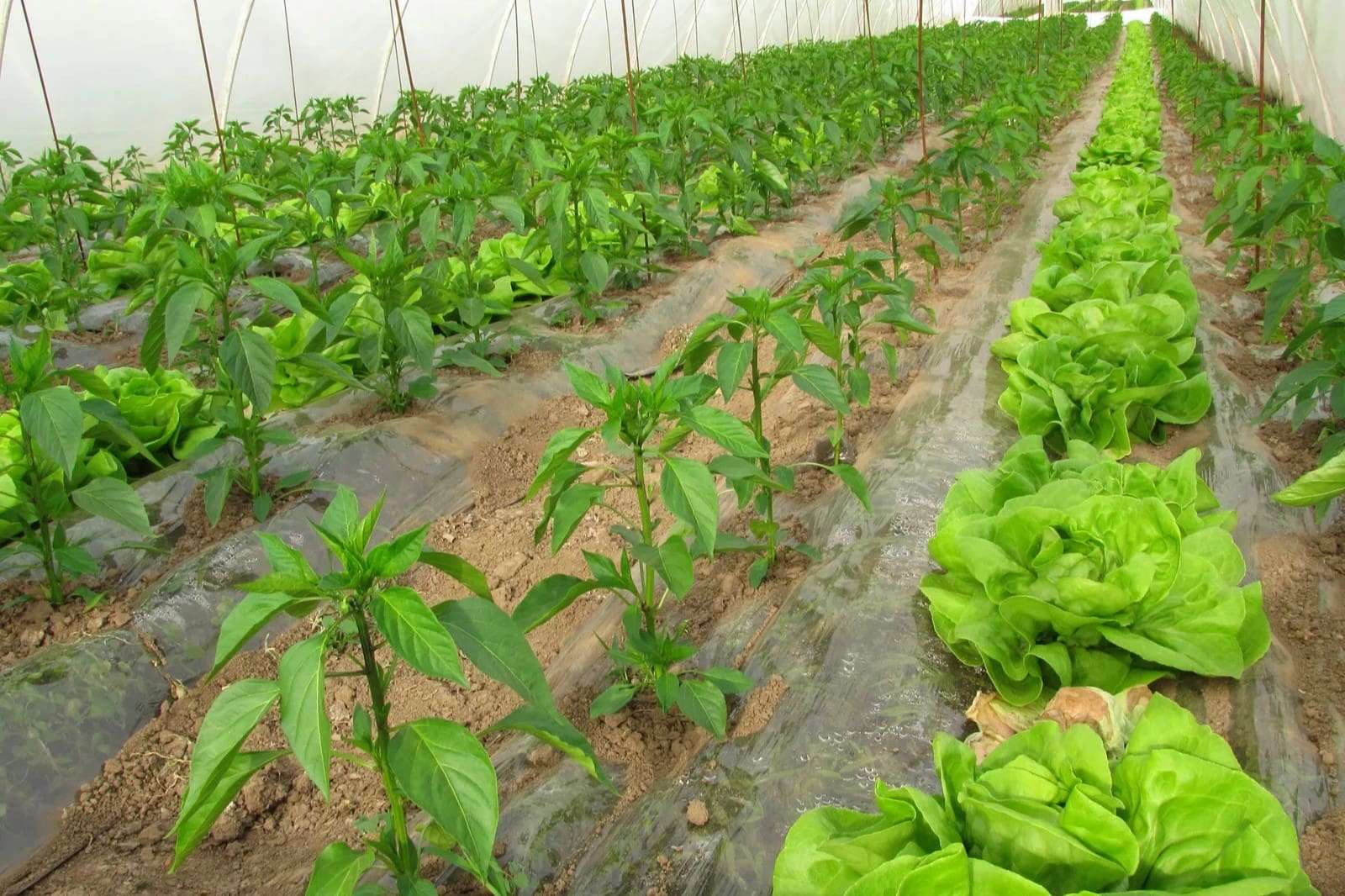
What is seasonal growth? Seasonal growth refers to the changes plants and animals undergo during different times of the year. Why does it matter? Understanding these patterns helps farmers, gardeners, and nature enthusiasts plan activities and predict changes in ecosystems. For instance, knowing when certain plants bloom or animals migrate can guide planting schedules or wildlife observations. How does it affect us? Seasonal growth impacts food supply, weather patterns, and even our daily routines. Imagine planning a garden without knowing the best planting times or expecting fresh strawberries in winter. In short, seasonal growth shapes our environment and lifestyle in countless ways.
Understanding Seasonal Growth
Seasonal growth refers to the changes in plant and animal life cycles that occur in response to seasonal variations. These changes can be fascinating and complex. Here are some intriguing facts about how seasons affect growth in nature.
-
Plants have growth cycles: Many plants have specific growth cycles that align with the seasons. For example, deciduous trees shed their leaves in autumn to conserve water and energy during winter.
-
Spring triggers new growth: Spring is a time of renewal. Warmer temperatures and longer daylight hours signal plants to start growing again. This is when you see new leaves, flowers, and shoots.
-
Summer is peak growing season: During summer, plants experience their most vigorous growth. The abundance of sunlight and warmer temperatures provide ideal conditions for photosynthesis.
-
Autumn prepares plants for winter: In autumn, many plants begin to slow their growth and prepare for the cold months ahead. They may store nutrients in their roots or produce seeds.
-
Winter dormancy: Many plants enter a state of dormancy during winter. This period of inactivity helps them survive harsh conditions by conserving energy.
Animal Adaptations to Seasonal Changes
Animals also exhibit fascinating adaptations to seasonal changes. These adaptations help them survive and thrive throughout the year.
-
Hibernation: Some animals, like bears, hibernate during winter. They enter a state of deep sleep, reducing their metabolic rate to conserve energy.
-
Migration: Birds and other animals migrate to warmer regions during winter. This allows them to find food and suitable living conditions.
-
Molting: Animals like deer shed their fur in spring and grow a thicker coat in autumn to adapt to changing temperatures.
-
Breeding seasons: Many animals have specific breeding seasons that align with favorable environmental conditions. For example, deer typically mate in autumn so their young are born in spring.
-
Food storage: Squirrels and other animals store food during autumn to ensure they have enough to eat during winter when resources are scarce.
Human Impact on Seasonal Growth
Human activities can significantly impact seasonal growth patterns in both plants and animals. Understanding these impacts is crucial for conservation efforts.
-
Climate change: Rising global temperatures can alter seasonal growth patterns. For example, warmer winters may cause plants to bloom earlier than usual.
-
Urbanization: Expanding cities can disrupt natural habitats, affecting the growth cycles of plants and animals. Green spaces in urban areas can help mitigate these effects.
-
Agriculture: Farming practices can influence seasonal growth. Crop rotation and planting schedules are designed to maximize yield by aligning with natural growth cycles.
-
Deforestation: Removing large areas of forest can disrupt local ecosystems, affecting the seasonal growth of plants and the animals that depend on them.
-
Pollution: Air and water pollution can harm plants and animals, disrupting their natural growth cycles. Reducing pollution is essential for maintaining healthy ecosystems.
Interesting Facts About Seasonal Growth
Here are some additional intriguing facts about how seasons influence growth in nature.
-
Photoperiodism: Many plants and animals respond to changes in day length, a phenomenon known as photoperiodism. This helps them time their growth and reproductive cycles.
-
Frost tolerance: Some plants have developed mechanisms to tolerate frost. For example, certain grasses produce antifreeze proteins to prevent ice crystals from forming in their cells.
-
Leaf color change: The vibrant colors of autumn leaves are due to the breakdown of chlorophyll, revealing pigments like carotenoids and anthocyanins.
-
Seasonal allergies: Pollen from flowering plants can cause seasonal allergies in humans. Spring and summer are peak times for pollen production.
-
Seasonal affective disorder (SAD): Changes in daylight can affect human mood and behavior. SAD is a type of depression that occurs during specific seasons, usually winter.
-
Phenology: The study of seasonal changes in plants and animals is called phenology. Scientists use phenological data to track the effects of climate change on ecosystems.
Seasonal Growth: The Takeaway
Seasonal growth affects everything from plants to animals to businesses. Understanding these patterns helps farmers plan crops, businesses prepare for demand shifts, and even people adjust their activities. For instance, plants bloom in spring, animals hibernate in winter, and retail sales spike during holidays. Recognizing these cycles can lead to smarter decisions and better outcomes.
Farmers can maximize yields by planting at the right time. Businesses can stock up on inventory before peak seasons. Even individuals can plan vacations or activities when conditions are optimal. Knowing how seasons impact growth isn't just interesting; it's practical.
So, next time you notice leaves changing color or stores getting busier, remember there's a reason behind it. Seasonal growth is a natural rhythm that, when understood, can benefit everyone. Keep these facts in mind, and you'll be better prepared for whatever the seasons bring.
Was this page helpful?
Our commitment to delivering trustworthy and engaging content is at the heart of what we do. Each fact on our site is contributed by real users like you, bringing a wealth of diverse insights and information. To ensure the highest standards of accuracy and reliability, our dedicated editors meticulously review each submission. This process guarantees that the facts we share are not only fascinating but also credible. Trust in our commitment to quality and authenticity as you explore and learn with us.


